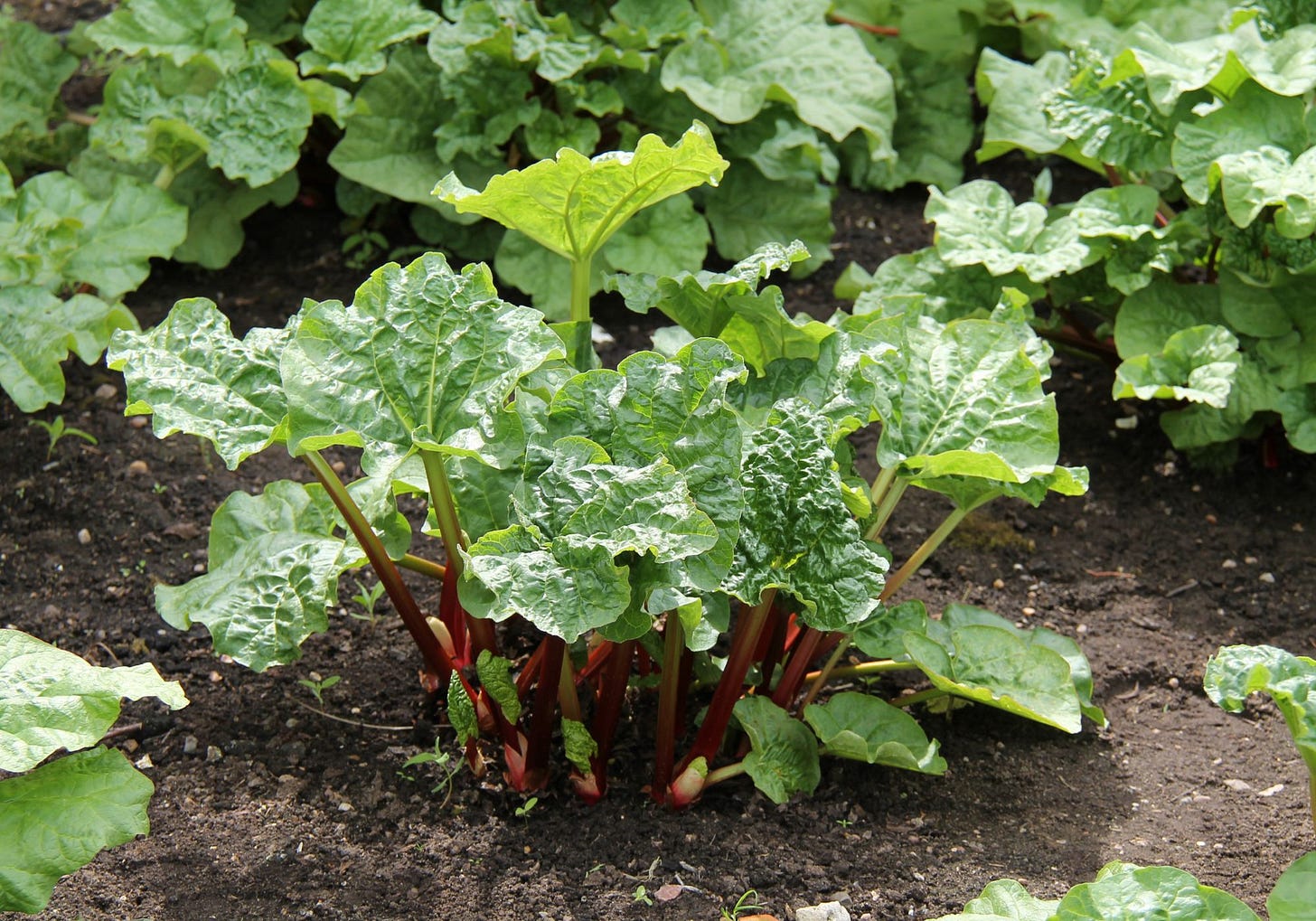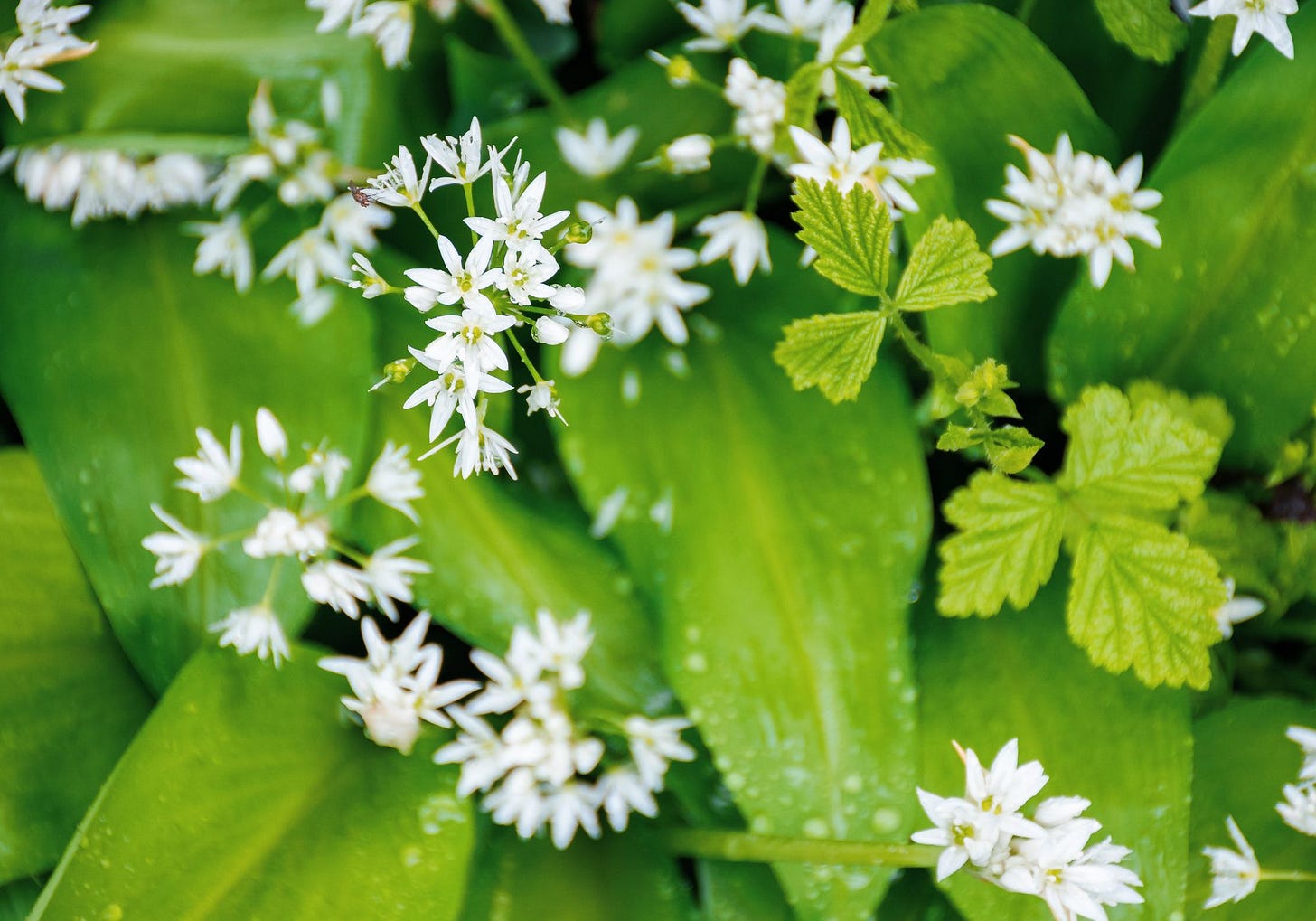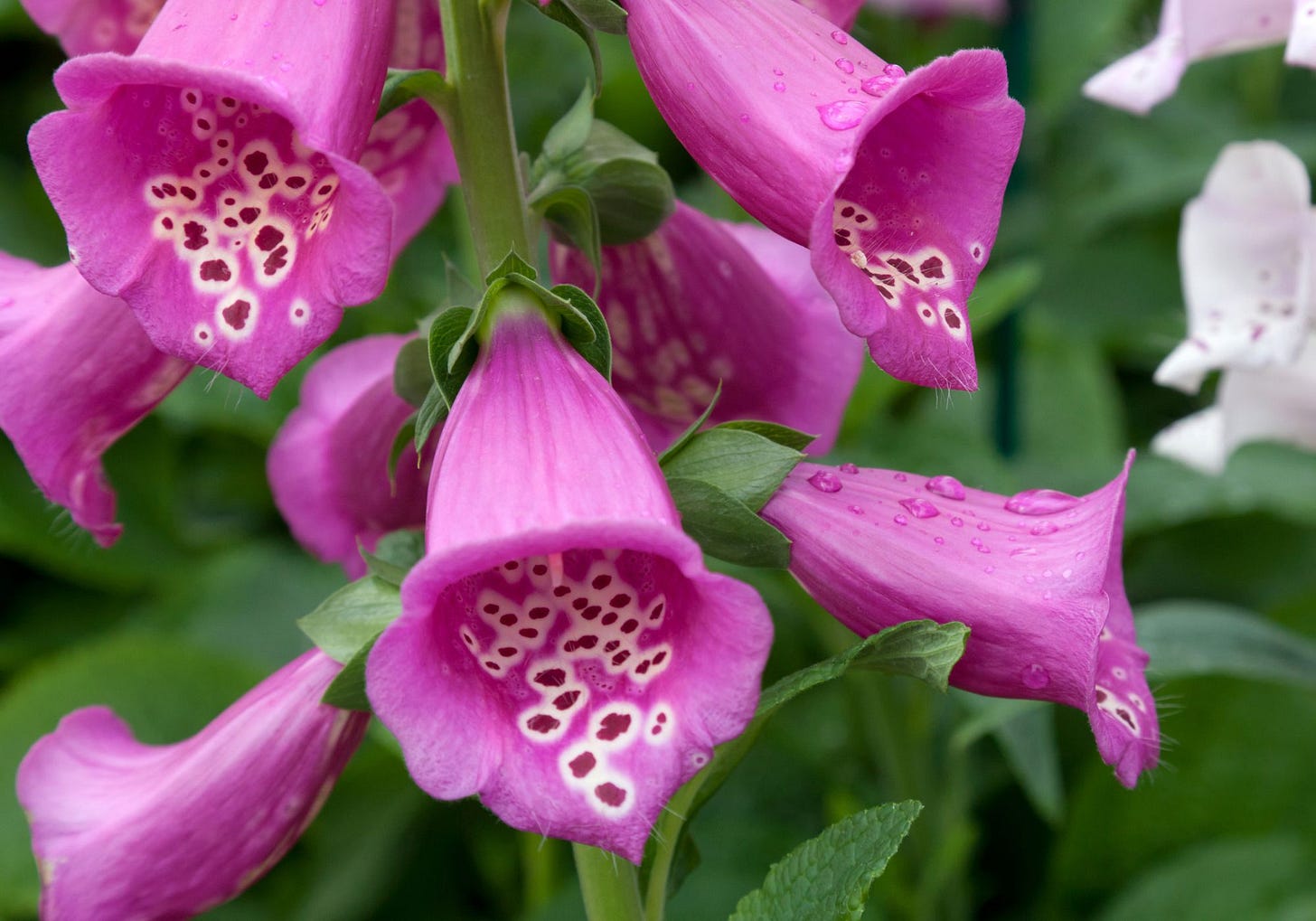Gardening Under a Cloud
Unleashing My Inner Excel-Ance
In Cordressagagh I awake not with a winged heart ready for another day of loving but with a feeling of being under a cloud. It has been cloudy and wet for weeks on end and there appears to be no end to it.
Plans for the garden with a little help from my young friends from the village have been cancelled time and time again. Walking the land I have never known it to be so water logged in twenty years. Lennon stood in one part of the fruit garden and his foot sunk to the depth of his wellington. It took two bags of agricultural grit to fill the hole so that it felt firm underneath. I wonder how the apple tree manages to survive.
However, at the time of typing up this newsletter (Saturday) which I wrote toward the beginning of the week it is now a day full of sunshine and I am loving the chance to be in the garden in the light and warmth of the morning and some of the afternoon.
Indoor Gardening Continue
Planting design with Excel Spreadsheet
So, while I could not do much by way of planting and creating in the garden during most of this week I have continued to plant and plan by way of the website posts on the Mindful Gardening website.
One way I have come up with for visualizing designs of borders and beds is to build out and imagined plot. Using Microsoft Excel I divide it up into small cells. Each of these cells represents one foot square. Then I create re-sized images of specific plants I want to use in the design using Canva.
The result is that I then move these plant representation around the grid to see how they might look as a two degree representation. While it is rudimentary I think it gives me some visual ides as regards what might be possible. Those who know me well know how much I love to use excel. For me its play. It is my way of painting.
Costing Garden Designs
With excel I add a cost estimate of buying the plants that make up the design for shaded areas of the garden and ways in which one might save money. I designed this costing so I might cost it up in various currencies such as the Euro, pound sterling, U.S. and Canadian dollars.
Estimated Costs of planting a shade garden 12 feet by 6 feet
I am likely to make this planting design excel spreadsheet available as I develop it further and iron out issues that users might experience.
For those who are interested in finding out what it would cost to plant up a small shade garden with companion planting here is the link to the article on the Mindful Gardening blog.
Plants for Shaded Areas: Costings and Seasonal Interest
The Fruit and Nut Garden
We recently had a new fire installed here in Cordressagagh by Keith who called around this week to ask if I wanted a load of strawberry bushes and gooseberry bushes that he planned to throw away. He wants his raised bed to grow mushrooms in.
So, I now have about a hundred or more small strawberry plants and three large gooseberry plants. I have planted the gooseberry bushes amidst the rain and wind while standing in mud. These are planted on a raised bank so that the plants are not water-logged.
On this raised bank I have planted a fruiting hedge last year. It needs a lot of compost mixed with some grit which I purchased yesterday but that went into filling the large hole by the apple tree that Lennon’s leg disappeared into. The strawberry plants can then cover the edged of the bank of the raised bank where they will be in full sun.
The Vegetable Garden
One thing I have loved watching in recent weeks are the masses of rhubarb stalks growing from the raised bed that we have long used for that purpose. The plants are now about three years old and are now mature. I will be feeding them some well-rotted farmyard manure whether the rain stops or not because they are hungry feeders.
I will see if I can pull some stalks shortly. We already have friends in the village who have cast their eye on having some of this rhubarb. It is lovely that I am graced to be able to share this lovely produce of the garden with others. It will soon be time to be giving away produce to my favorite post mistress in Dowra.
Another thing I love is that amongst the onions there are a host of poached egg plants which when they flower are a feast for the eye. They are so lovely as foliage and as a flower. They have self-seeded and I am going to leave them where they are. Bees love these plants. In the past I have used them as edging for paths.
The Fairy Garden
The fairy garden is at the back of the cottage here in Cordressagagh and is now full of daffodils and narcissi. The tulips that where planted en mass during November are beginning to open. These are the variety “Spring Green” which I chose because they naturalize and come back year after year. I love the combination of green and white. The color white for me is the color of illumination.
I purchased another rhododendron which I will plant underneath the trees on the far corner of the fairy garden. This is by the ditch that is now full of yellow iris that will begin to flower shortly.
I intend to plant more bullrush at the edge of the ditch. I love these because they remind me of playing along the river bank with friends when we were very young. We would dip the heads of the bullrushes in paraffin (unbeknownst to our mothers) and light them when it had become dark. Then we would run along the river bank pretending to be Viking raiders.
The fairy garden is awash now with the scent of wild garlic. I love that smell but if you plant wild garlic, it goes wild. Make sure you plant it in a tub in the ground otherwise it will take over your garden. The white flowers of the wild garlic contrast beautifully with the blue of the bluebells.
Conclusion
While this week’s newsletter was written during a week of rain and cold winds today (which is the day of publication) it is sunny and dry. Ib the sun I have had great fun digging up the huge clump of foxgloves that have self-seeded themselves underneath the trees by the stream. I have replanted these foxgloves on the shaded side of the bank at the rear of the polytunnel.
I love to give different parts of the garden names. So, I have called the East side of the bank behind the polytunnel “Foxglove Hill.” Foxglove is a bi-annual so I will be looking for some variations in color that will make the whole bank a sight of beauty every year.
We have a lot of Red Champion in the Bridget’s Garden which Bee dug up today with the help of Colleen and I have divided this clump into about twenty smaller plants. This will be planted on the sunnier side of “Foxglove Hill” (facing East) amidst some ornamental grasses and Persicaria affinis which has successfully taken root having been planted early autumn.
That is what is happening in the garden of Cordressagagh this week. I am off to plant up the Red Champion on the East side of “Foxglove Hill.” So, until next week may you awaken with a winged heart and enjoy your gardening.








